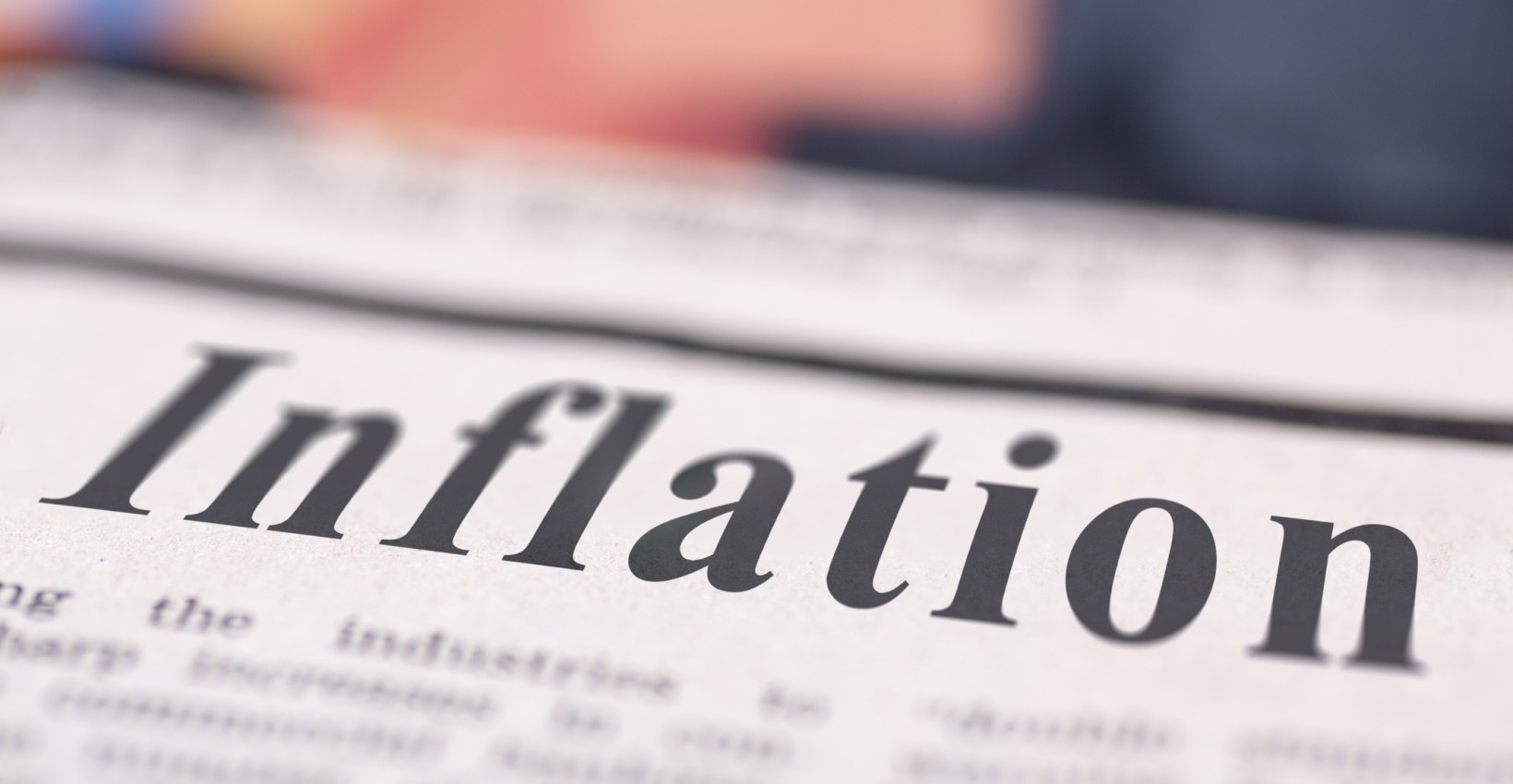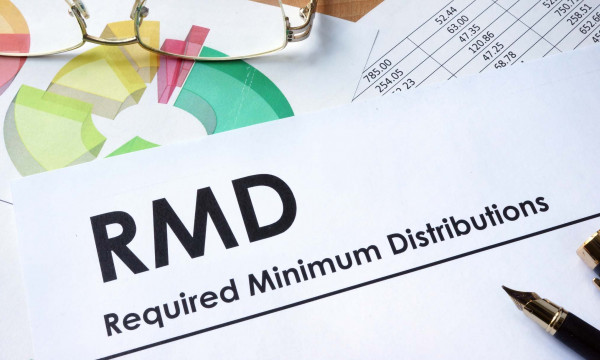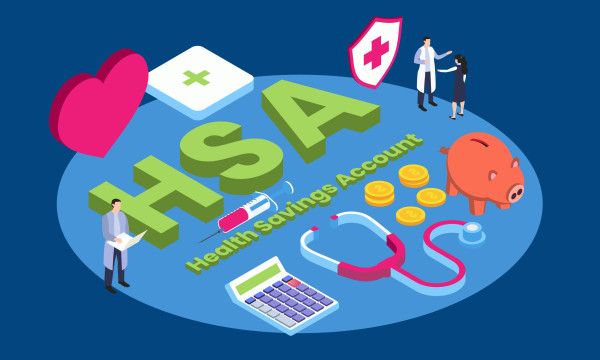Inflation in today’s economy

This week, the Bureau of Labor Statistics (BLS) released October data on inflation, as measured by the Consumer Price Index (CPI). As the BLS says on its website, CPI is a measure of the average change over time in the prices urban consumers pay for a cross-section of goods and services. CPI is a useful metric, but what does it actually mean for the average consumer? When we break the data down into smaller components, it can help us better understand why this inflation is happening and where it’s being felt the most. Specifically, looking at “core inflation” — also known as the CPI ex-Food and Energy component, which excludes data on the more volatile food and energy markets — allows us to identify long-term trends in inflation more clearly.
The data released this week shows that prices rose by 0.9% in October, which contributed to a 6.2% rise over the past 12 months, the highest level since 1990. The core inflation number was more tame, though still worrisome, at 0.6% in October and 4.6% over the past year. Clearly, the rise in food and energy prices contributed significantly to recent inflation. This shouldn’t be surprising, given that crude oil prices have increased by more than 130% during that period. Food prices have also risen substantially, though less so than oil, as prices on the commodities that end up on our table in some form or another have increased more rapidly than prices on the “core.”
A big driver behind this upward trend in inflation is the post-COVID opening up of the economy. Pent-up demand has spurred more consumer purchases, outpacing the supply of goods. As demand grew beyond supply, prices began to rise. Under normal circumstances, this imbalance would resolve itself naturally: production would increase to meet demand, demand would decrease as a reaction to higher prices, and prices would go back to “normal” as supply increased. Unfortunately, there are other factors at play this time around that are making it harder to go back to normal — namely, increased government spending, the current interest rate environment, and interruptions to the supply chain.
The hard truth is that it may be a while before prices begin to fall. Demand is still high due in part to government spending and stimulus checks, and supply is suffering due to thousands of cargo ships backed up at ports around the world and unable to load or unload goods. Trade has slowed to a crawl, and store shelves are showing it. Only the Federal Reserve, which recently announced it was tapering its bond-buying program and forecasted future rate increases, appears to be able to make adjustments.
While it’s reasonable to expect that eventually this problem will work itself out, it’s hard to know how that will translate into a date — and perhaps it doesn’t. Sure, the ports will eventually work through their bottlenecks and goods will flow, but it’s hard to predict what our elected officials will choose to do moving forward.
Learning Center articles, guides, blogs, podcasts, and videos are for informational purposes only and are not an advertisement for a product or service. The accuracy and completeness is not guaranteed and does not constitute legal or tax advice. Please consult with your own tax, legal, and financial advisors.




